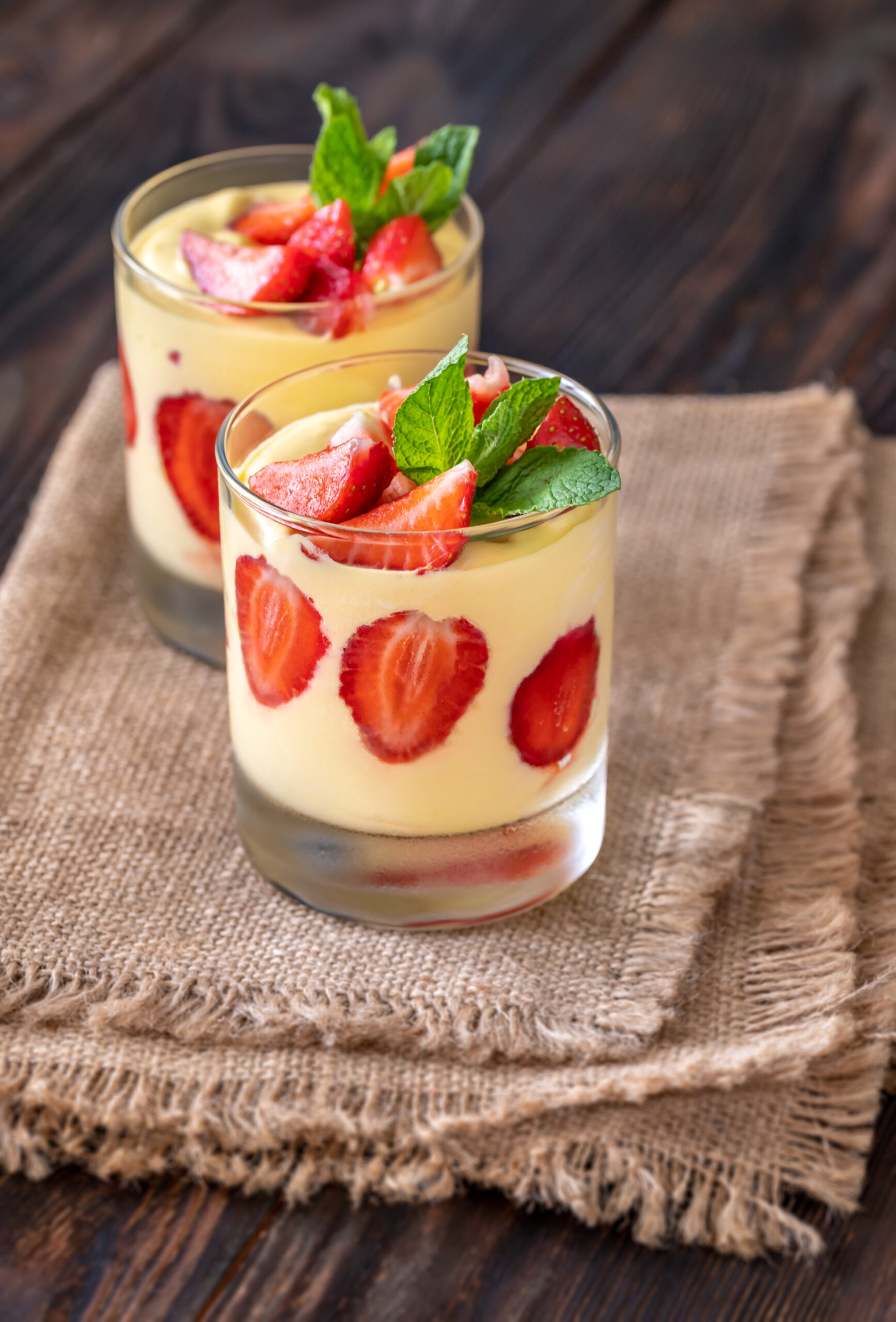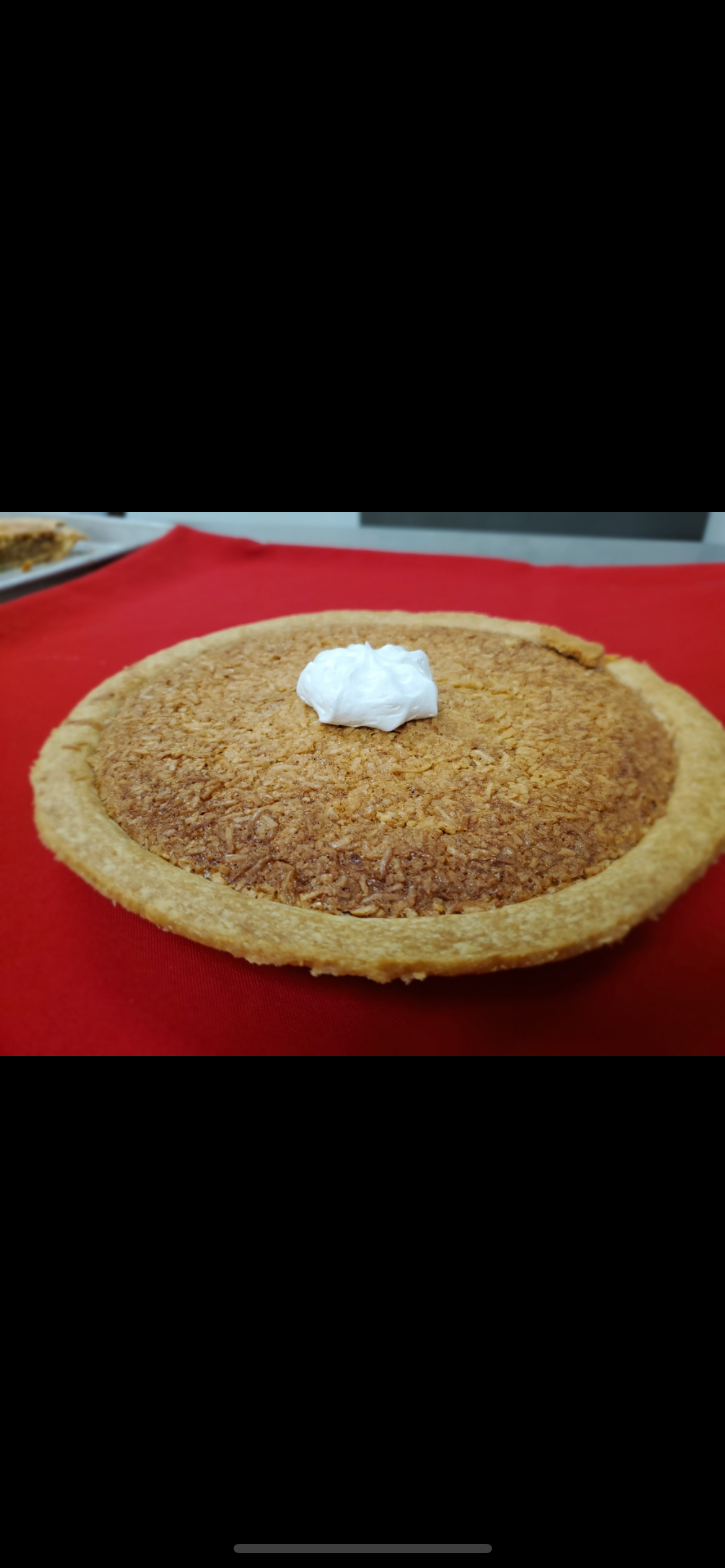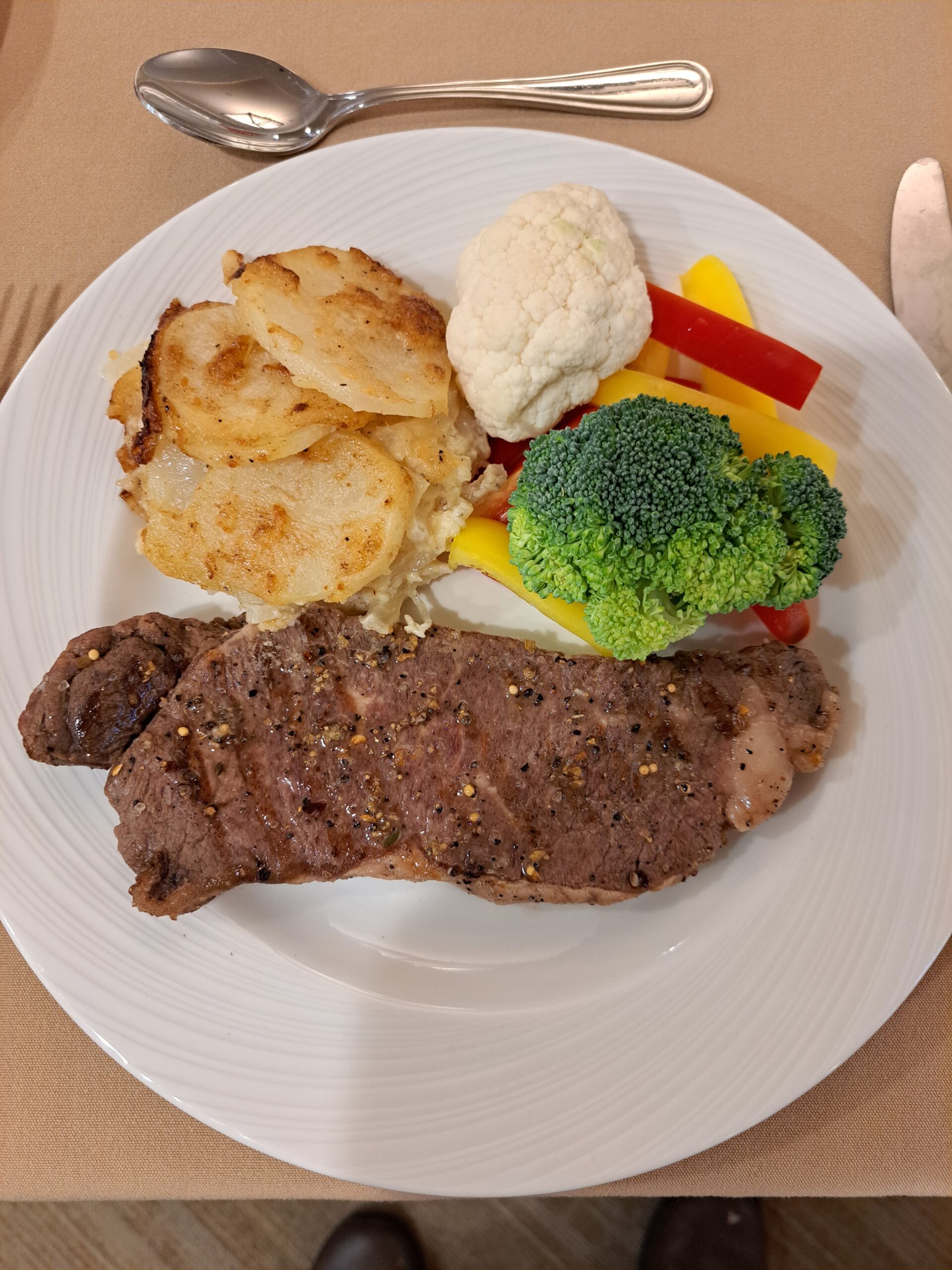Native to the Americas. It outstrips both rice and wheat in terms of global production. In Canada, it is our third most valuable crop after canola and wheat. Corn has been fed to humans and livestock for centuries and with todays advanced processing technologies it is now the base for pretty much every product you use in your daily life. From fuel to shampoo, baking mixes to orange juice, candies to pharmaceuticals, corn provides a cheap and stable ingredient base.
History
Also known as maize, grain corn was a chief source of nourishment for thousands of years, sustaining the Mayas, Aztecs, Incas and the Indian peoples of North and South America.
After the early settlers arrived in America, corn was introduced to Europe and is now cultivated in Africa, China, Russia and many other parts of the world.
Plant selection by farmers resulted in changes in the genetic makeup of the species over time. In North America two types of corn emerged from this genetic selection, field corn and sweet corn. Field corn is mainly used as animal feed or for industrial uses while sweet corn, with its higher sugar content, is used for human consumption.
Corn is unique among Canadian grain crops because of its North and Central American origin. With the exception of wild rice, all other Canadian grain crops have originated in Europe.
Canadian Statistics
- Sweet corn is grown on over 20,000 hectares of land, making it the most extensively planted vegetable in Canada, grown in all provinces.
- Sweet corn is one of the major field grown vegetable crops in Canada, with a farm gate value of $72 million in 2012, placing it third in crop value behind carrots and tomatoes.
- Maize (grain corn) is the number one cereal crop worldwide with 885.3 million tonnes produced in 2011.
Health Benefits
- Corn is good source of folate and contains fibre, magnesium, potassium, Vitamin C, niacin and thiamine. An average ear of corn has 83 calories. Corn is a source of two antioxidants that are good for our eyes, zeaxanthin and lutein.
An Ingredient for Daily Life
- There are over 3,500 different uses for corn products
- While some products are made from the whole corn kernel, other products use only one component. The kernel can be broken down into four components: bran, gluten, starch, and germ.
- The bran is a good source of fibre and used to increase fibre levels of many commercial food products.
- Gluten is the main protein in corn and is used as feed for beef and dairy cattle, poultry and hogs and human consumption.
- Starch is used as a thickening, gelling, and binding agent for a variety of products, including puddings and pie fillings, wallpaper paste, aspirin, chalk, drywall panelling, and biodegradable plastics. It is also converted to sugar and used as a sweetener.
- The germ produces oil for cooking as well as a source of power.
Fun Facts
- There is one strand of silk for each kernel on a cob.
- On average there are about 800 kernels on an ear of corn.
- An ear of corn always has even number rows.
- Corn is grown on every continent except Antarctica.
Living Loving Local Recipes:
This month our Verve properties throughout Canada will feature the following corn recipes:




